- Description
- Light/Soil/Water
- Hardiness
-
![]() Soleirolia soleirolii, widely known as Baby’s Tears, is a delicate, mat-forming perennial native to the Mediterranean islands of Corsica and Sardinia. Belonging to the Urticaceae family, this plant is characterized by its tiny, round, bright green leaves that densely cover thin, creeping stems. Its lush, moss-like appearance makes it a popular choice for ground cover in shaded gardens and as an ornamental houseplant. The plant’s low-growing habit, typically reaching heights of 2–4 inches, allows it to spread horizontally, creating a soft, green carpet.
Soleirolia soleirolii, widely known as Baby’s Tears, is a delicate, mat-forming perennial native to the Mediterranean islands of Corsica and Sardinia. Belonging to the Urticaceae family, this plant is characterized by its tiny, round, bright green leaves that densely cover thin, creeping stems. Its lush, moss-like appearance makes it a popular choice for ground cover in shaded gardens and as an ornamental houseplant. The plant’s low-growing habit, typically reaching heights of 2–4 inches, allows it to spread horizontally, creating a soft, green carpet.
![]() In indoor settings, Baby’s Tears thrives in bright, indirect light and high humidity environments. It’s particularly well-suited for terrariums, where the enclosed space helps maintain the moisture levels it prefers. The plant’s sensitivity to direct sunlight means it should be placed away from harsh rays to prevent leaf scorching. Its preference for consistently moist, well-drained soil makes it a bit more demanding than some other houseplants, but with attentive care, it rewards growers with its vibrant foliage.
In indoor settings, Baby’s Tears thrives in bright, indirect light and high humidity environments. It’s particularly well-suited for terrariums, where the enclosed space helps maintain the moisture levels it prefers. The plant’s sensitivity to direct sunlight means it should be placed away from harsh rays to prevent leaf scorching. Its preference for consistently moist, well-drained soil makes it a bit more demanding than some other houseplants, but with attentive care, it rewards growers with its vibrant foliage.![]() Baby’s Tears is often compared to Pilea depressa due to their similar small-leaved, trailing appearances. However, while both belong to the same family, they are distinct species with differing care requirements. Baby’s Tears’ rapid growth and spreading nature can lead it to outcompete other plants in shared spaces, making regular pruning essential to keep it in check. Its ability to root wherever stems touch the soil allows for easy propagation and makes it a favorite for creating lush, green displays in various settings.
Baby’s Tears is often compared to Pilea depressa due to their similar small-leaved, trailing appearances. However, while both belong to the same family, they are distinct species with differing care requirements. Baby’s Tears’ rapid growth and spreading nature can lead it to outcompete other plants in shared spaces, making regular pruning essential to keep it in check. Its ability to root wherever stems touch the soil allows for easy propagation and makes it a favorite for creating lush, green displays in various settings. ![]() Beyond its aesthetic appeal, Baby’s Tears is non-toxic, making it a safe choice for households with pets and children. Its versatility allows it to be used in hanging baskets, as a ground cover under larger plants, or even in fairy gardens and miniature landscapes. With the right conditions and care, this charming plant can bring a touch of greenery and softness to any indoor space.
Beyond its aesthetic appeal, Baby’s Tears is non-toxic, making it a safe choice for households with pets and children. Its versatility allows it to be used in hanging baskets, as a ground cover under larger plants, or even in fairy gardens and miniature landscapes. With the right conditions and care, this charming plant can bring a touch of greenery and softness to any indoor space.
-
![]() Prefers bright, indirect light to grow compact and lush. Avoid direct sunlight, which can scorch the delicate leaves.
Prefers bright, indirect light to grow compact and lush. Avoid direct sunlight, which can scorch the delicate leaves.
![]() Keep the soil consistently moist, but not soggy. Never allow the soil to dry out completely, as the plant is sensitive to drought.
Keep the soil consistently moist, but not soggy. Never allow the soil to dry out completely, as the plant is sensitive to drought.![]() Thrives in high humidity environments, such as terrariums or bathrooms. Dry air may cause browning or leaf drop, so misting or using a humidifier is helpful.
Thrives in high humidity environments, such as terrariums or bathrooms. Dry air may cause browning or leaf drop, so misting or using a humidifier is helpful.![]() Use a light, well-draining potting mix that retains some moisture. A peat-based mix with added perlite or sand works well. Feed monthly during spring and summer with a diluted, balanced liquid fertilizer. Over-fertilizing can lead to weak, leggy growth.
Use a light, well-draining potting mix that retains some moisture. A peat-based mix with added perlite or sand works well. Feed monthly during spring and summer with a diluted, balanced liquid fertilizer. Over-fertilizing can lead to weak, leggy growth.![]() Best kept in temperatures between 60–75°F. Protect from drafts and avoid placing near heat vents or cold windows.
Best kept in temperatures between 60–75°F. Protect from drafts and avoid placing near heat vents or cold windows.
![]() Considered non-toxic to pets and humans. Safe to grow in homes with cats, dogs, or small children.
Considered non-toxic to pets and humans. Safe to grow in homes with cats, dogs, or small children. -
![]() USDA Zone 10-12
USDA Zone 10-12USDA Zone 9b: to -3.8 °C (25 °F)
USDA Zone 10a: to -1.1 °C (30 °F)
USDA Zone 10b: to 1.7 °C (35 °F)
USDA Zone 11: above 4.5 °C (40 °F)

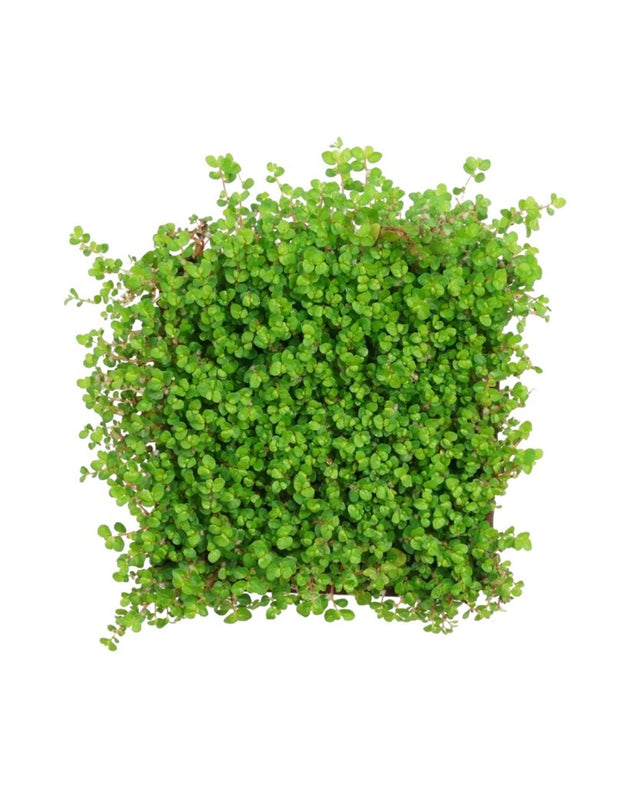
 USDA Zone 10-12
USDA Zone 10-12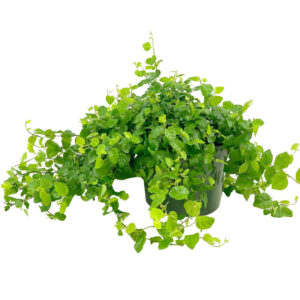
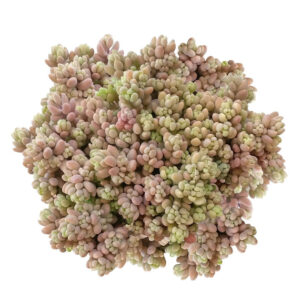
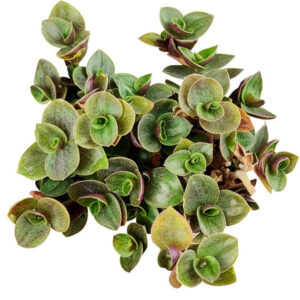
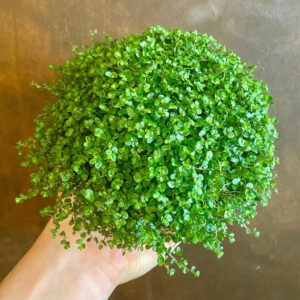
Reviews
There are no reviews yet.